Centripetal Force Questions
0.0(0)
0.0(0)
Card Sorting
1/14
Earn XP
Study Analytics
Name | Mastery | Learn | Test | Matching | Spaced |
|---|
No study sessions yet.
15 Terms
1
New cards
A car rounds a curve while maintaining a constant speed.
With constant speed…
With constant speed…
there would still be a net force that is directed inward (relative to the curve) on the car
2
New cards
A mass attached to a string that is itself attached to the ceiling swings back and forth.
At the bottom of the arc…
At the bottom of the arc…
there is no centrifugal force
3
New cards
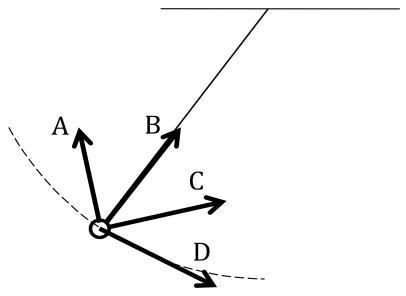
A mass attached to a string that is itself attached to the ceiling swings back and forth. If the bob is observed to be moving upward at a given instance, as shown in the image, which arrow best depicted the direction of the *net force* acting on the bob at that instant?
C
4
New cards
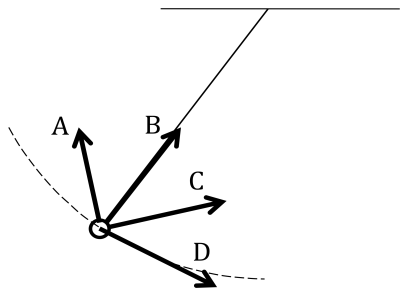
If the bob had been moving downward, the net center-seeking force would…
be the same as when the bob was moving upward along its arc
5
New cards
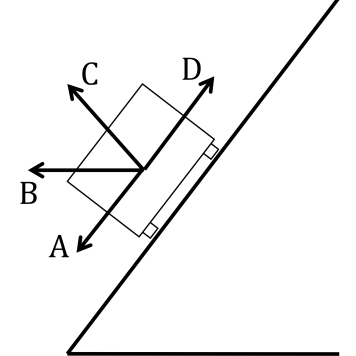
A car rounds a very steep, banked curve moving at low speed. A front-end view of the car is shown.
Which of the directions shown depicts the net centripetal force acting on the car?
Which of the directions shown depicts the net centripetal force acting on the car?
B
6
New cards
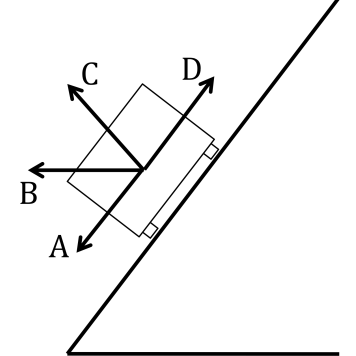
A car rounds a very steep, banked curve moving at low speed. A front-end view of the car is shown.
Which direction depicts the net force acting on the car?
Which direction depicts the net force acting on the car?
B
7
New cards
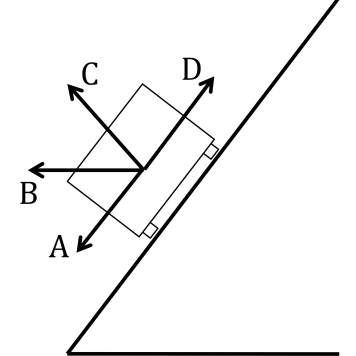
A car rounds a very steep, banked curve moving at low speed. A front-end view of the car is shown.
The frictional force…
The frictional force…
static and is directed up the incline
8
New cards
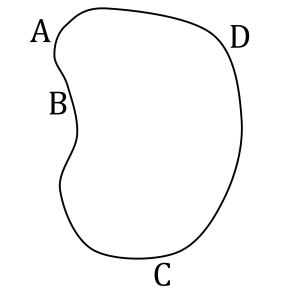
A car travels with constant speed around the track shown.
At which point will the centripetal force be the largest?
At which point will the centripetal force be the largest?
A
9
New cards
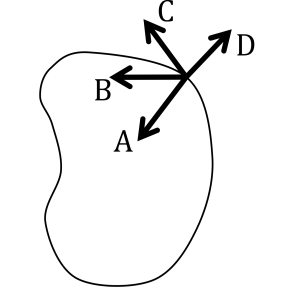
A car travels counterclockwise with constant speed around the track shown.
Which of the vectors depicts the direction of the net force acting on the car at the point shown?
Which of the vectors depicts the direction of the net force acting on the car at the point shown?
A
10
New cards
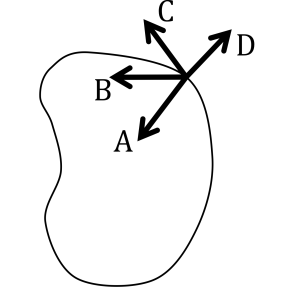
The car traveling in the image is observed to be speeding up.
Which of the vectors depicts the direction of the *net force* acting on the car at the point shown?
Which of the vectors depicts the direction of the *net force* acting on the car at the point shown?
B
11
New cards
What statement is NOT true about centripetal forces?
They are one of the six naturally occurring forces used in conjunction with free body diagrams.
12
New cards
A car of mass *m* travels around a curve with velocity *v*.
What do you know about the centripetal force if the velocity triples?
What do you know about the centripetal force if the velocity triples?
The centripetal force increases by a factor of nine.
13
New cards
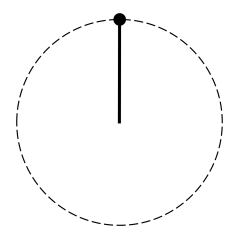
A string with a bob attached swings in the vertical (see sketch).
If it just barely makes it through the top of its arc, you know that:
If it just barely makes it through the top of its arc, you know that:
The tension in the string at the top will be zero.
14
New cards
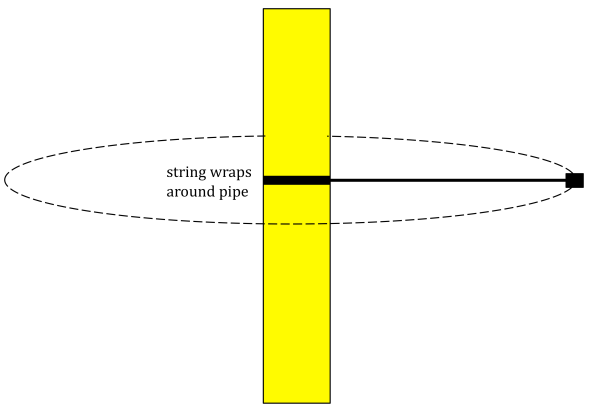
A string wraps around a fat pipe as a bob attached to the string is made to move in a circular path in the horizontal.
Assuming the velocity is somehow held constant as the radius diminishes due to the wrapping, how will the centripetal force change?
Assuming the velocity is somehow held constant as the radius diminishes due to the wrapping, how will the centripetal force change?
It will increase.
15
New cards
A car going around a curve is found to be able to take the curve with maximum speed “v”. You would like to double the maximum speed the car can take the curve.
To do this, you could:
To do this, you could:
quadruple the coefficient of friction between the car and the road;